
The little seven and one-half foot, four-weight rod I built last year was designed for the small rivers and creeks such as I fished in my younger years. It can easily handle fifteen or sixteen-inch trout, but it can also cast a size eighteen dry fly with the proper delicacy. And ten to twelve inch trout will put a respectable bend in the light rod.
This past year I’ve had a craving for fishing small streams. Mostly because that’s where I started this fly fishing journey, but also because the new rod casts wonderfully and I really enjoy fishing it. And, there was that trip to Mammoth Creek last November in which I was skunked that needed to be expunged from my record. And so on October 8, 2010 I took a long trip into Utah to fish my little rod on a couple of streams.
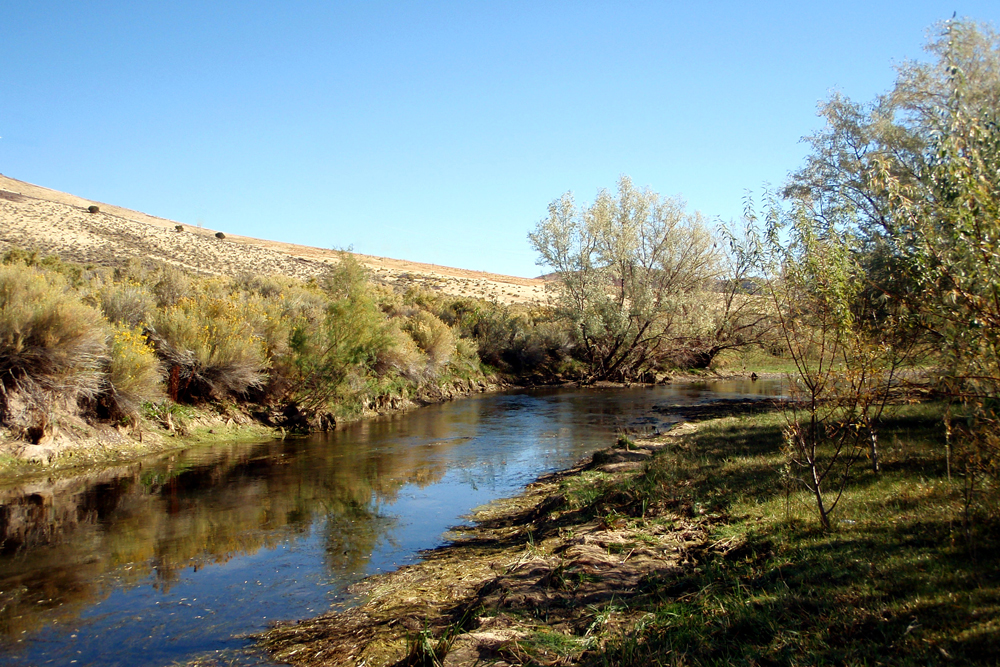
I had never fished the lower Beaver River, below Minersville Reservoir along Utah highway 21. The first time I ever saw the Beaver River was by mistake in 1978. My brother Neal was taking me on my first real fly fishing trip to the reservoirs of Fish Lake National Forest, only we were a week early for the Utah trout fishing season. Not wanting to waste the trip we headed west on Highway 21 to Baker, Nevada and ultimately Cave Lake near Ely, Nevada. That spring the Beaver was flowing full and looked to be a very inviting. Cave Lake turned out to be a fortuitous trip, but that first sighting of the Beaver River stuck in my mind, and it took thirty-two years to satisfy that curiosity.
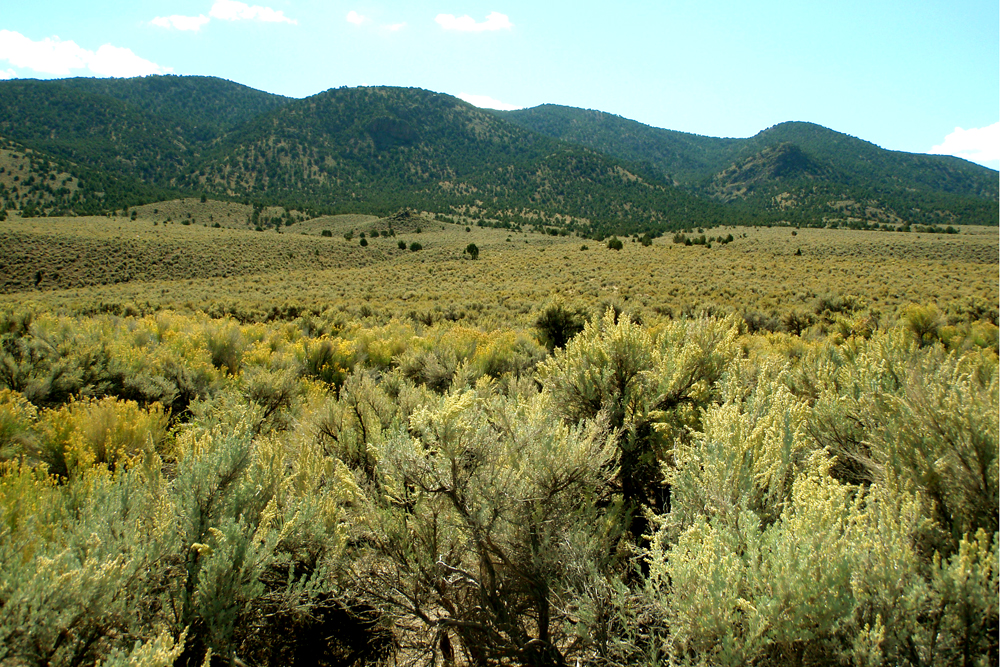
I had heard good reports about Beaver River below the reservoir, but upon passing the reservoir I noted it was very low, no doubt the result of the summer irrigation season. It was so low, in fact, that there was no water coming over the spillway. There must have been a lower pipe that ensured water flow when Minersville was low, but I didn’t see one. What I did see was a very low, slow moving creek. There were a few brown trout in the creek. I hooked two and landed one, a whopping seven to eight inches long. I decided to leave Beaver after about ninety minutes and head for Mammoth Creek on the way back home.
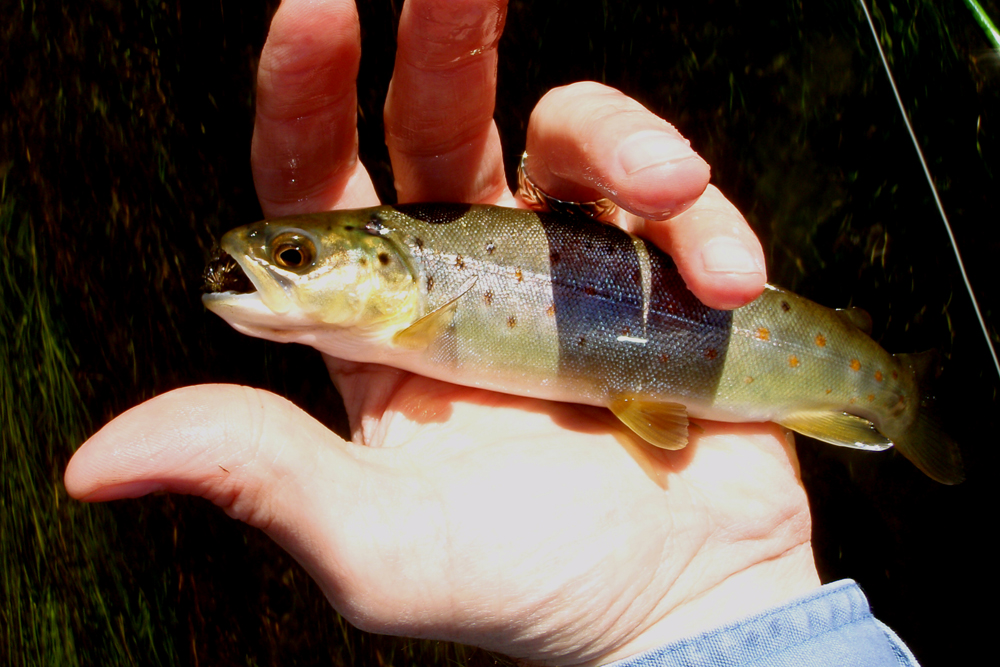
The recent rain and snow had Mammoth running heavy and cloudy. (Minersville Reservoir protected the lower Beaver River from that condition, but Mammoth runs free from its headwaters 10,500 feet above sea level.) I did have the creek to myself, however, so that was encouraging. I recalled a story Neal told me of a friend of his who caught a seventeen-inch brown from under the bridge.
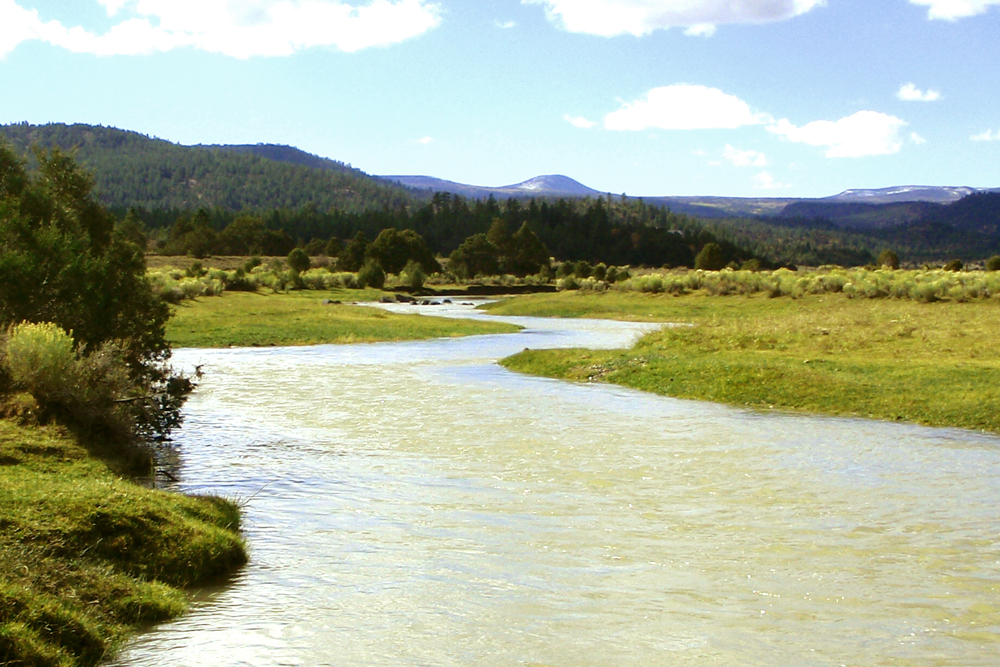
I parked next to the bridge and decided to float a brown woolly bugger from upstream along the sweeping current to the other side of the bridge. Water visibility seamed about two to three feet so I knew I had to get it close to the fish or they’d never see the fly. On my second attempt under the bridge I got a strong take and played a nice little brown of maybe twelve inches for about thirty seconds. I tried to muscle him too much against the strong current and he broke off. Later, upstream a quarter mile or so, I did land another little brown of maybe seven inches. I was running out of daylight, regretful to have wasted four to five hours on the Beaver River excursion, but thankful I had stopped to try Mammoth again on the way home. Although I have yet to experience the fortune I found on Mammoth thirty years ago, I will not give up on her and will certainly return again.
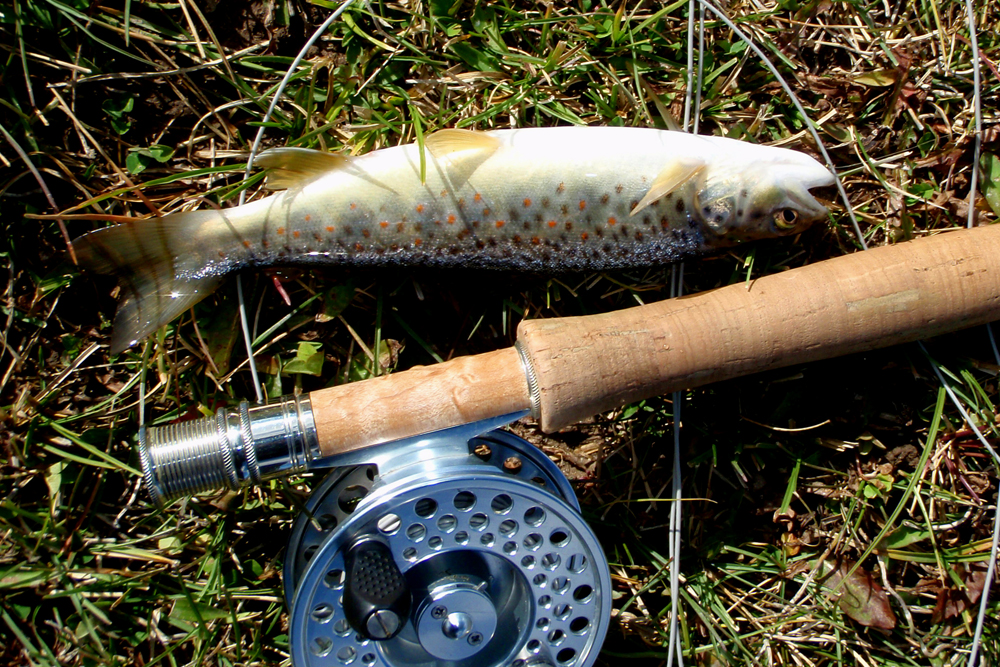
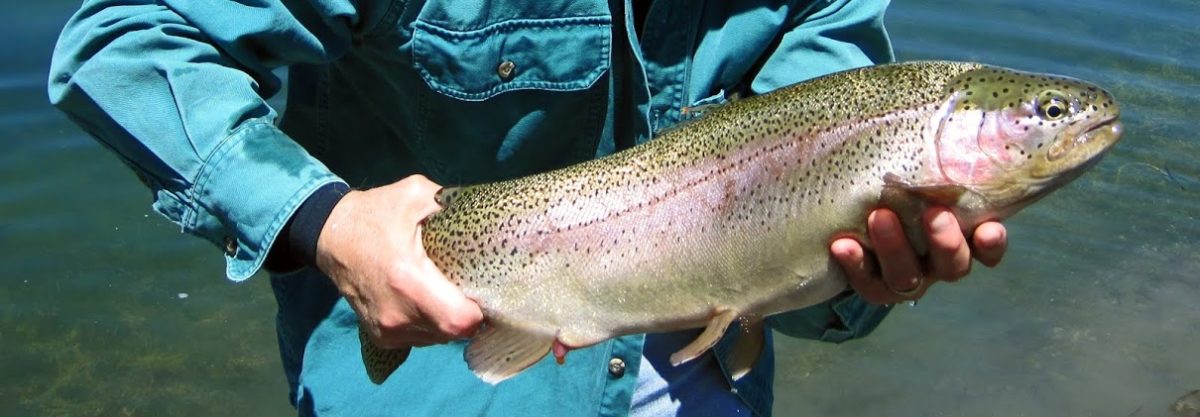
Mark,
It is Chan again. I never saw this blog and for some reason came across it today. I am very intrigued by the Mammoth Creek portion of the blog.
You said you floated a woolly bugger downstream? I have only fished top water dries and the two time I fished nymphs at Cold Creek Pond underwater. However, I have always done so upstream. I was told by a buddy that this is the way to go because fish can see you otherwise. Can you give a little more detail on the technique of floating woolly's (or anything) downstream? E.g. do you cast and then feed more line as the fly floats down river? Also, did you use a sink, sink tip, or floating line?
Thanks again for your help. I should be paying you for all the personal fish guide tips you've been giving me.
Chan
Chan —
Yes, I generally agree with your friend about upstream casting. But there can be exceptions (darn, there he goes again!). In this case Mammoth was pretty silty and visibility was low as you can see from the pictures, so I was more worried about the trout seeing the fly than seeing me 40 feet upstream.
Also, in this case I did let a little line out after the cast, but that’s not always necessary. In this case I was trying to reach a seam almost on the other side of the bridge so I had no choice but to let line out a little.
Also, remember that casting upstream does require enough skill to keep the line from landing or flowing over the trout’s feeding station. If I’m in a situation where I’m not confident I can avoid frightening the trout with a down or across cast I’ll try floating a fly down from upstream. Also, in larger river, floating a sunk fly down and across to salmon can be very effective, but we’re talking much longer casts on a larger river, so being seen by the salmon isn’t much of an issue.
As to type of fly and fly line, here again it depends on the stream and the conditions of the day. This particular day on Mammoth I wanted to present a larger fly that the trout could see, and I believe I was using a 5-weight with a sinking tip. If you read my November 2006 Cold Creek blog you might recall I used this method to catch a nine-inch trout from that tiny creek. I was using a size 18 parachute dry fly that I cast downstream, although I must say I was crouched and stealthy about it (https://www.fisherdad.com/2006/11/04/cold-creek-clark-co-nv/). On that November day I was catching the cast short so the fly would snap back and create some slack; it drifted perfectly into the feeding station and the small, wild trout never saw the leader or line coming.
Mammoth Creek is worth a long study. If you have time you should spend a night or two camping or even “moteling” in Hatch on Highway 89. Between spring and fall is the best time. I’ve posted three Mammoth Creek blogs on this site. Use the above search function to find them if you’ve not read all three.
— Mark
Mark,
I guess what confuses me is how you feel a strike if you keeping letting line out (when you are casting downstream an with a nymph)? Or do you use a strike indicator?
I was on panguitch creek once and tried nymphing (casting across stream) and using a weight/BB to get the nymph down. It was fun but I could never tell when a fish would strike. I caught one really small fish (didn't even look like a trout) but never even felt the slightest tug (because I thought if I didn't the nymph would float unnaturally).
Thanks for any tips,
Chan
Ps. Sorry about asking all these questions but the books and articles I read weren't very clear to me.
Mark,
Wow, that was an amazing clarification. I'll keep it all in mind next time I'm on a stream and fishing with streamers or nymphs.
I really appreciate all the help…again.
Hope you had a great Thanksgiving and maybe I'll see you at Cold Creek some time.
Chan
Chan —
Yes, strike indicators are good for this downstream approach. They are a great little invention. Or, you can cast a tandem with a nymph dropped off a large dry fly (Humpy, Wulff, or even a floating grasshopper like Mikey Weir’s Super Hopper Dropper… see this great little Weir video: http://www.youtube.com/watch?v=pkrnqcxNSMw&feature=related). In these cases you are training your eye on the floating fly and using your “sight” to strike at any unusual movement of the dry fly or indicator, the most usual being it being tugged under. In these cases the dropped nymph is floated without action… a dead drift. This tandem or dropper approach has the added benefit of having two flies in the water as the same time… sometimes they strike the floater (read my Walker River experience on this blog: https://www.fisherdad.com/2010/06/14/east-walker-river-lyon-county-nv-and-nearby-areas/). Also, in this case, you are not relying on feel, but rather sight. The theory being that often trout will spit the nymph upon tasting the steel hook before you ever feel a tug due to the line slack
Sometimes, like in this Mammoth Creek bridge case, you might want to give the fly a little action. You’re aiming your downstream cast to land upstream of a target lie and giving slack so that you have both time and length to let the nymph, or in this case a brown wooly bugger, sink to a dept where you imagine the trout to be. As the line swings out to where you imagine the lie to be you start to impose action on the fly. That could be little jerks or tugs, or in big water even stripping retrieves. In this case it is the “action” of the fly that draws attention to it. And, in this case, you are fishing mostly by feel… the feel of a slight bump or tug, or even a full-fledged “whack” on the fly. Sometimes, in clear water, as the fly approaches your intended target you might even see the flash of the sun bouncing of the trout’s sides as it turns to take the fly or return to it’s feeding lie, so this method is not always “feel” only. This type of fishing is best learned by “doing.” I don’t think it can be taught, but only learned from the experience of doing it often enough that you learn to “feel” for the bumps and nudges that could be a fish. Far better to strike on nothing than to miss a fish because you though it was just the fly bumping on a rock or boulder. Does that make sense? Be patient with yourself and learn by doing, just as you are. God has a lot to say about patience in the bible, but try Ecclesiastes 7:8for a start:
"Finishing is better than starting. Patience is better than pride."
There are no quick answers, only lessons to be learned. Enjoy it, all the best.
— Mark
Fisherdad, Im heading to southern utah to fish some of its great trout waters planning on stoping in both Asay creek and mammoth creek,how far up the fish hatchery did you fish mammoth? Or did you fish it from the road connecting panguitch to duck creek? Once again love to read your reports about your time in the water maybe one day il get to see you in action in cold creekalberto
Alberto –
I have not fished Mammoth other than up in the Hatch Meadow. I have read many reports on the fishing up from the hatchery to Hatch Meadow. It is reported to be a very nice freestone section. I also think where Mammoth enters into the Severe River is a very productive area. I’ve not really fished it, but I’ve seen large brown trout there. The Hatch Meadow starts where FR067 meets FR1555 (on Google Maps the Fish Hatchery Road becomes FR067). Thanks for the compliment. Did you see my recent blog on the Rubies? What a wonderful place that is.
All the best!
– Mark